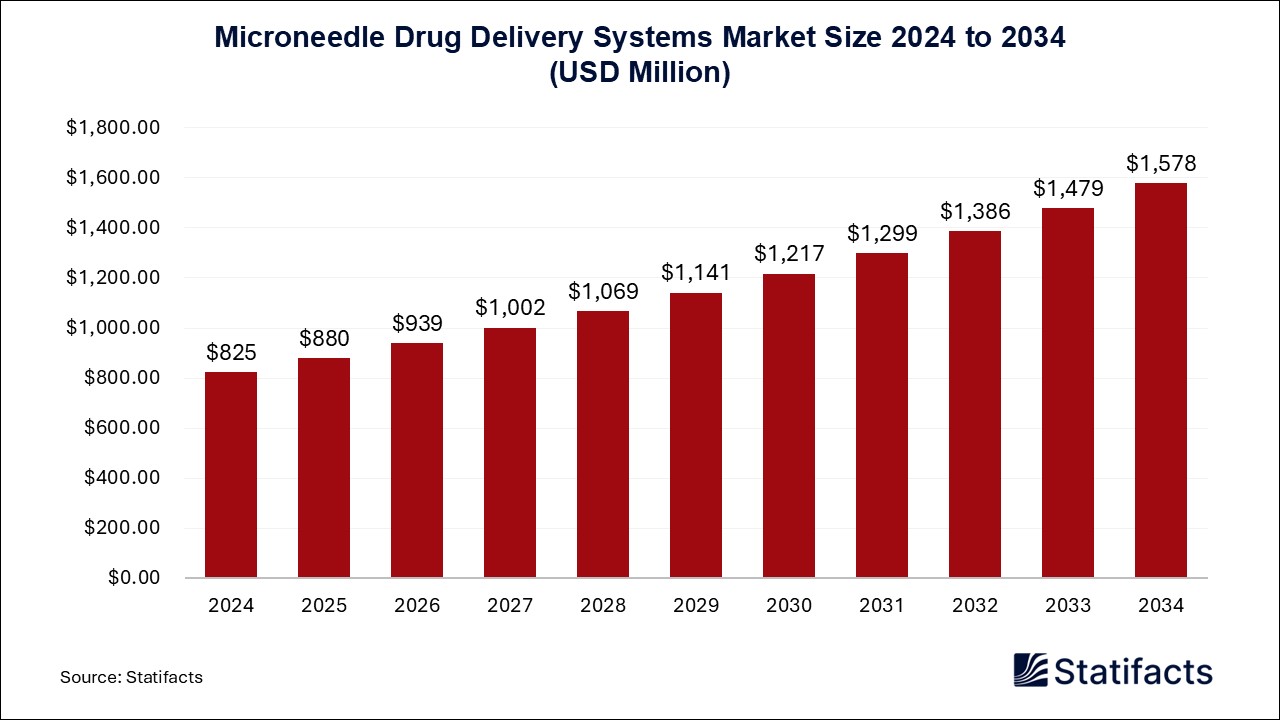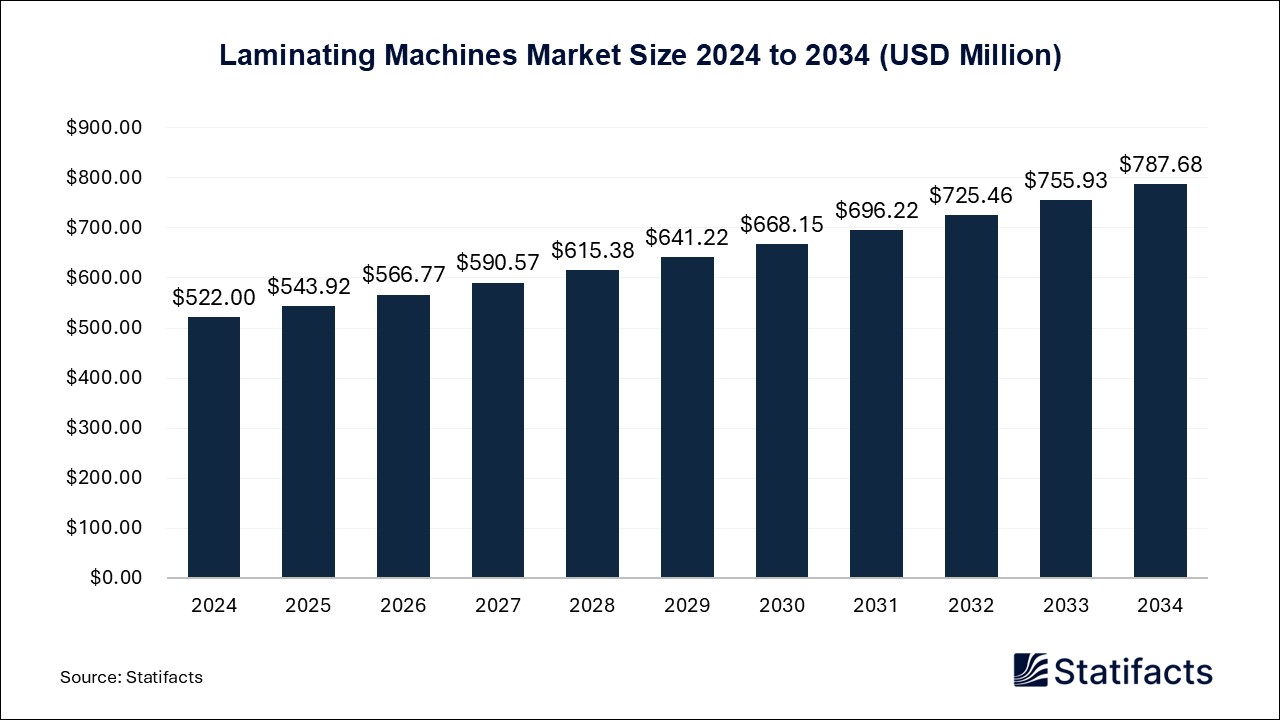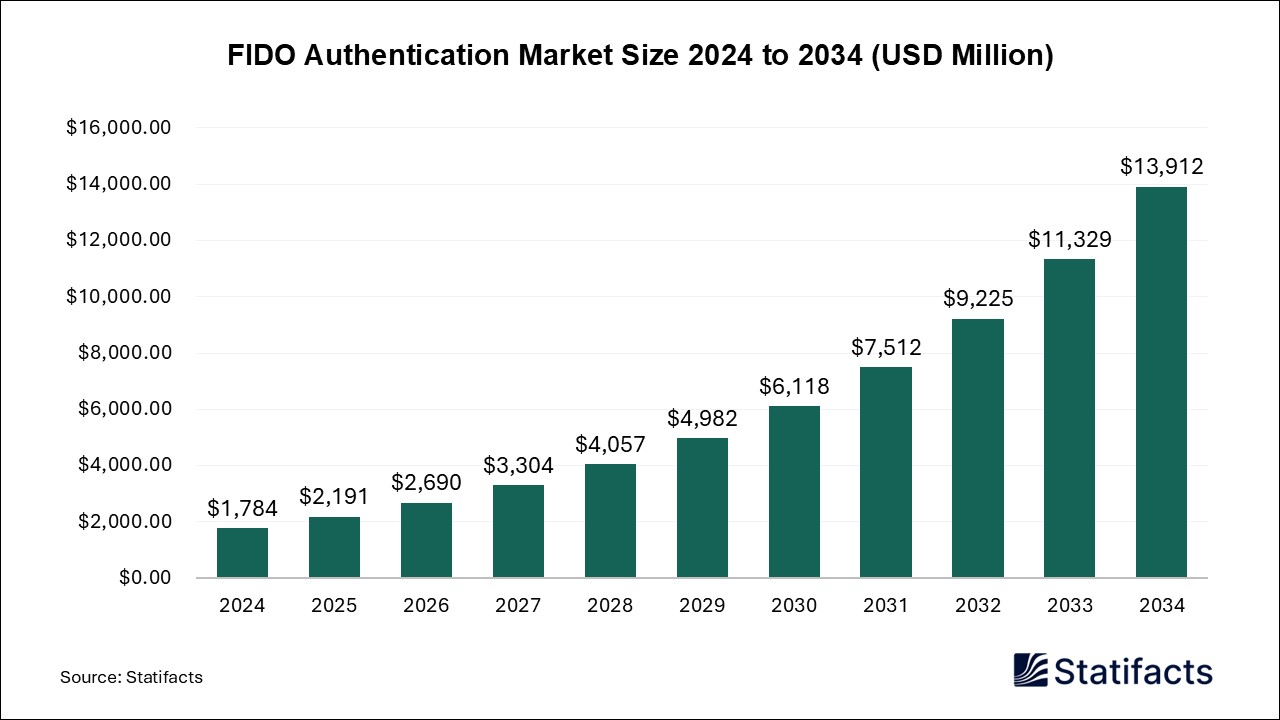
By clicking “Accept All Cookies” you agree to the storing of cookies on your device to enhance site navigation, analyze site usage, and assist in our marketing efforts.
Privacy PolicyThe global U.S. system in package (SIP) market size surpassed USD 12,480 million in 2024 and is predicted to reach around USD 25,250 million by 2034, registering a CAGR of 7.3% from 2025 to 2034.
The U.S. system in package (SiP) market is growing at a fast pace due to the increasing demand for high-performance, compact electronic products. SiP technology integrates multiple integrated circuits (ICs) and passive components into a single package, which assists in the efficient use of space and enhanced device performance. With 5G technology, AI, IoT, and automotive electronics progressing further, SiP technology has become an important aspect of modern semiconductor packaging. The industry is set for significant expansion due to improvements in chip design as well as mounting demand for low-energy, high-speed computing technology.
Increased need for small and low-power electronic devices is one of the major drivers of the U.S. System in the Package market. Consumers are favoring smartphones, wearables, and smart home products, which require high-performance semiconductor solutions in compact form factors. SiP technology enables vendors to integrate multiple functions into a single chip, reducing the overall device size while improving performance and battery life. With the ongoing progress in technology, SiP is becoming the default solution for next-generation electronic applications in a number of industries.
| Industry Worth | Value |
| Market Size in 2024 | USD 12,480 Million |
| Market Size in 2025 | USD 13,390 Million |
| Market Size by 2034 | USD 25,250 Million |
| Market Growth Rate from 2025 to 2034 | CAGR of 7.3% |
Expanding 5G networks and IoT-connected device needs is propelling System in Package solutions. Smartphones supporting 5G, smart sensors, and industrial internet of things (IoT) applications require data processing with high speed and communications with low latency, both made possible through SiP technology. The power of SiP in miniaturization maximizes power efficiency and signal integrity and, therefore, is the best option for 5G base stations, IoT sensors, and edge computing hardware.
The integration of SiP technology is being propelled by ongoing advancements in semiconductor packaging, including 3D stacking and heterogeneous integration. Manufacturers are investing in emerging packaging solutions like fan-out SiP, embedded die implementations, and high-end substrate solutions to improve the performance of devices and lower their power consumption. The increasing use of artificial intelligence (AI) and machine learning functions in edge computing is also demanding SiP-based solutions, with these providing balanced performance for multifaceted data processing operations.
Even with its benefits, the high expense of designing and producing a System in Package solutions is still a major challenge. Integrating several components into one package necessitates sophisticated fabrication methods, high-precision assembly processes, and specialized materials, which translate to higher production costs. Thermal management and electromagnetic interference (EMI) issues are also challenges in optimizing SiP designs for high-power applications. These considerations can impede U.S. System in Package (SiP) market expansion, particularly for smaller and medium-sized producers that have limited R&D budgets.
AI is playing a revolutionary part in SiP solution development and optimization. AI-based design automation tools are being employed to improve chip layout, power distribution, and signal integrity, with great improvement in packaging efficiency. AI algorithms also enable predictive maintenance and quality control during semiconductor manufacturing, lowering defects and enhancing yield rates. In addition, AI-based machine learning models are speeding up the creation of sophisticated SiP architectures, allowing for quicker time-to-market for new semiconductor products.
The adoption of SiP technology in electric vehicles (EVs) and advanced driver-assistance systems (ADAS) will open up new market opportunities. Autonomous vehicles are propelling the demand for SiP-based semiconductor solutions due to high-speed computing and power efficiency needs. With the growing adoption of AI-enabled edge computing solutions and smart wearables, there is emerging demand for high-performance, compact SiP solutions. Applications of edge AI, such as smart surveillance, industrial automation, and healthcare monitoring equipment, are likely to fuel tremendous growth in the U.S. System in Package (SiP) market.
Published by Shubham Desale
| Subsegment | 2024 | 2025 | 2026 | 2027 | 2028 | 2029 | 2030 | 2031 | 2032 | 2033 | 2034 |
|---|---|---|---|---|---|---|---|---|---|---|---|
| Consumer Electronics | - | - | - | - | - | - | - | - | - | - | - |
| Telecommunications | - | - | - | - | - | - | - | - | - | - | - |
| Automotive | - | - | - | - | - | - | - | - | - | - | - |
| Medical Devices | - | - | - | - | - | - | - | - | - | - | - |
| Industrial | - | - | - | - | - | - | - | - | - | - | - |
| Subsegment | 2024 | 2025 | 2026 | 2027 | 2028 | 2029 | 2030 | 2031 | 2032 | 2033 | 2034 |
|---|---|---|---|---|---|---|---|---|---|---|---|
| 3D SIP | - | - | - | - | - | - | - | - | - | - | - |
| 5D SIP | - | - | - | - | - | - | - | - | - | - | - |
| RF SIP | - | - | - | - | - | - | - | - | - | - | - |
| High-Density Interconnect SIP | - | - | - | - | - | - | - | - | - | - | - |
| Subsegment | 2024 | 2025 | 2026 | 2027 | 2028 | 2029 | 2030 | 2031 | 2032 | 2033 | 2034 |
|---|---|---|---|---|---|---|---|---|---|---|---|
| Integrated Circuits | - | - | - | - | - | - | - | - | - | - | - |
| Passive Components | - | - | - | - | - | - | - | - | - | - | - |
| Optical Devices | - | - | - | - | - | - | - | - | - | - | - |
| MEMS Devices | - | - | - | - | - | - | - | - | - | - | - |
| Subsegment | 2024 | 2025 | 2026 | 2027 | 2028 | 2029 | 2030 | 2031 | 2032 | 2033 | 2034 |
|---|---|---|---|---|---|---|---|---|---|---|---|
| Wafer Level Packaging | - | - | - | - | - | - | - | - | - | - | - |
| Flip Chip Packaging | - | - | - | - | - | - | - | - | - | - | - |
| Lead Frame Packaging | - | - | - | - | - | - | - | - | - | - | - |
To get full access to our Market Insights, you need a Professional Account or a Business Suite.

You will receive an email from our Business Development Manager. Please be sure to check your SPAM/JUNK folder too.

You will receive an email from our Business Development Manager. Please be sure to check your SPAM/JUNK folder too.

Our customers work more efficiently and benefit from



